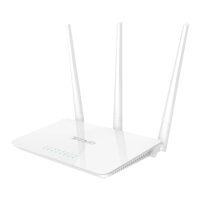Static Routing
Generally, dynamic routing is default and recommended, because this feature allows the router to
detect physical changes of networking automatically.
Static Routing in the Router can provide additional routes for connecting to external network. It’s
commonly needed at home when there’re several routers, or IP subnets on the network.
Example
You’ve applied for 2 network services: Internet service and MAN (Metropolitan Area Network)
service. These 2 networks are isolated, shown as below.
Every time you want to enjoy the Internet, you should go to COMPUTER1. When you want to
enjoy the specified MAN service, like a movie or an old TV show on one of the servers on the

